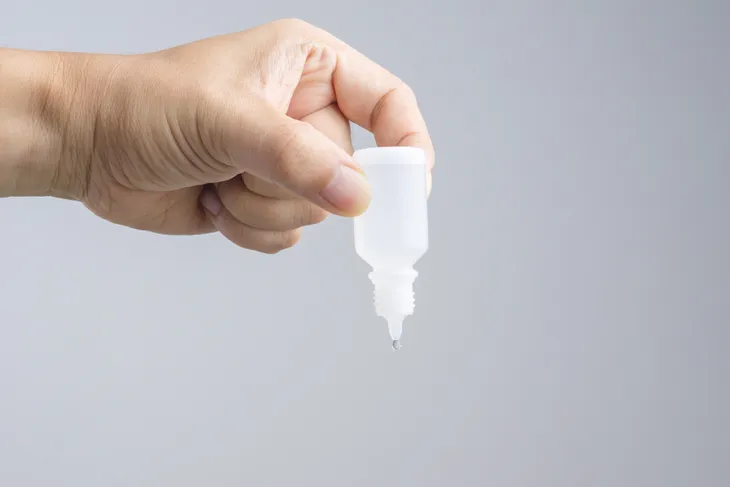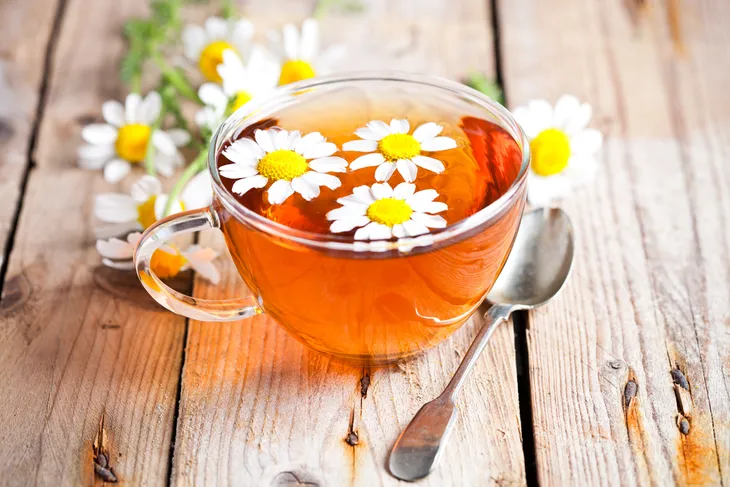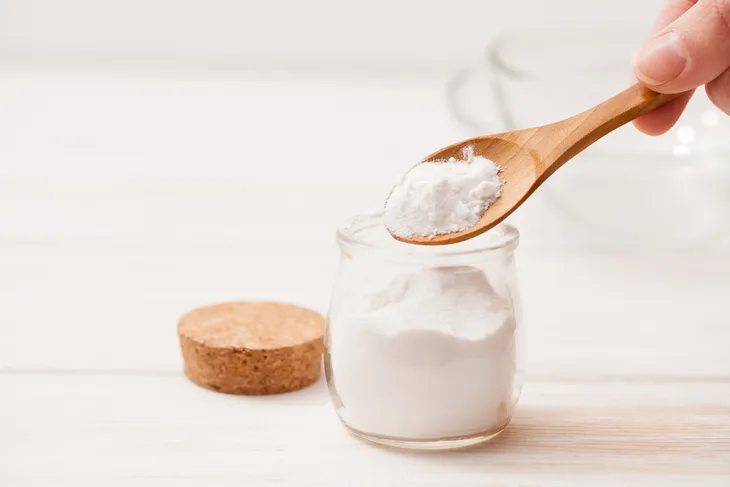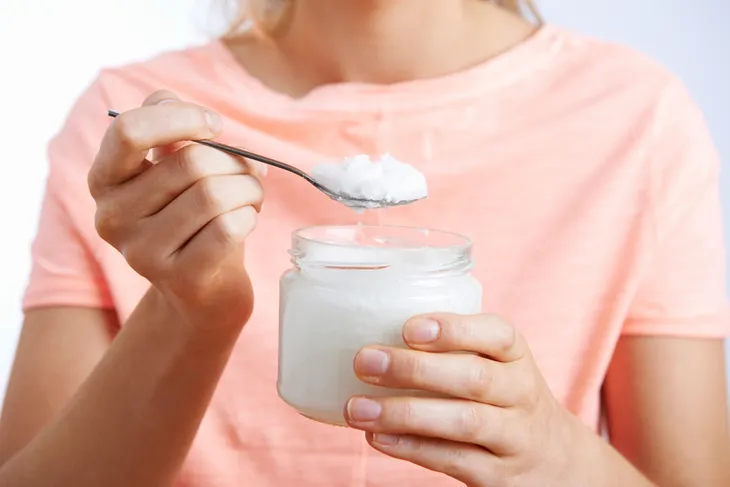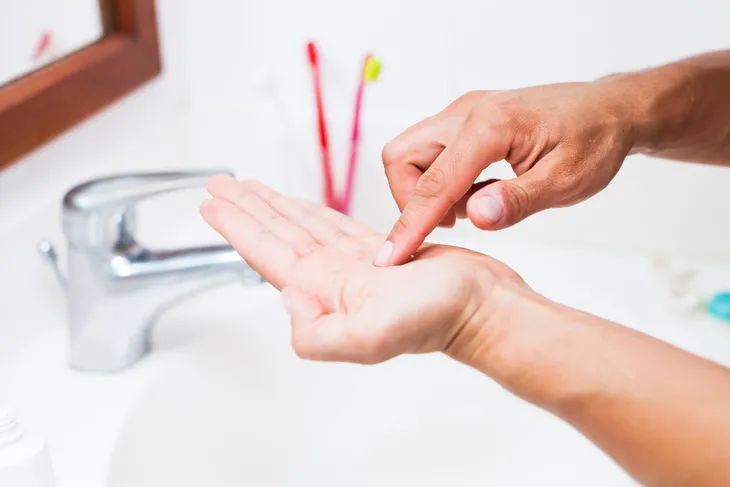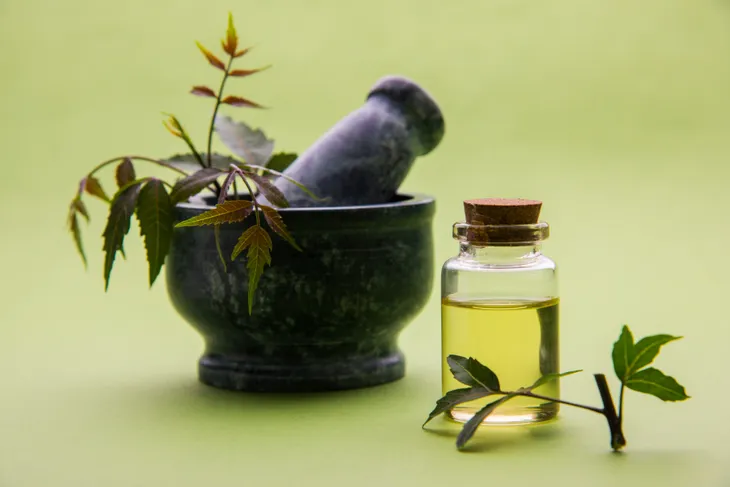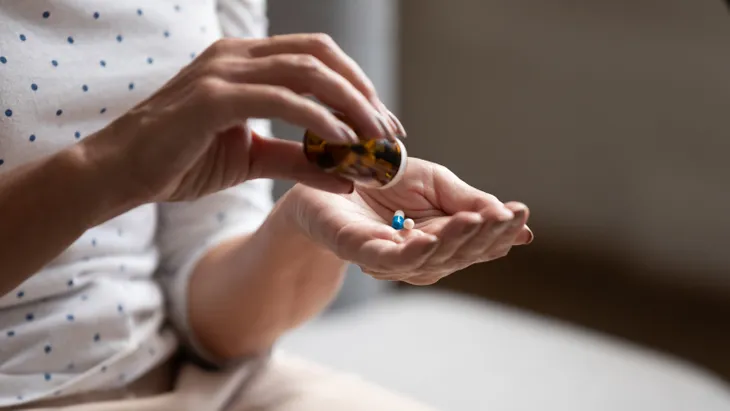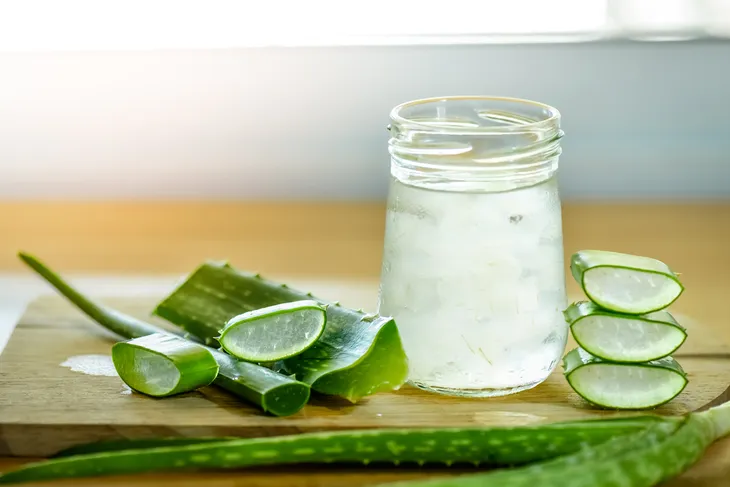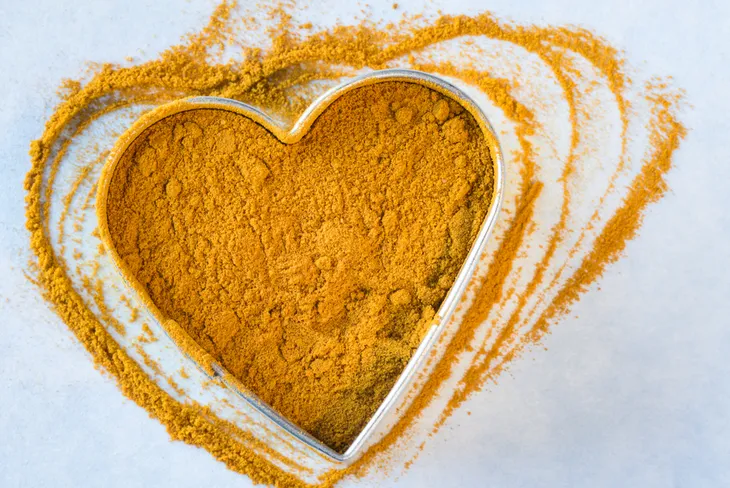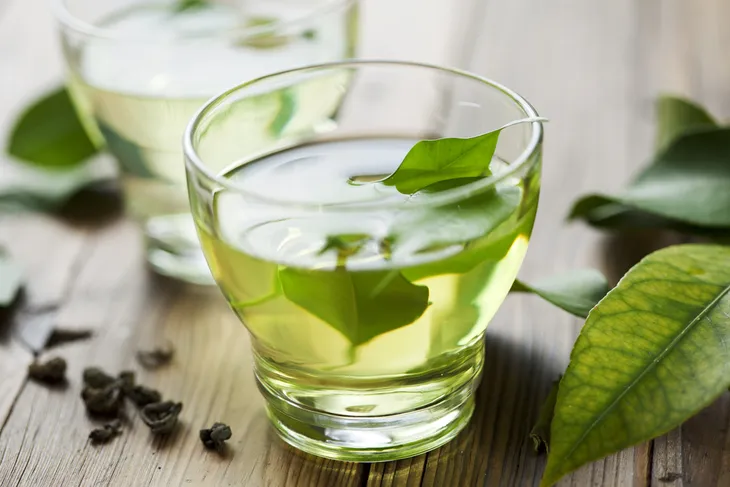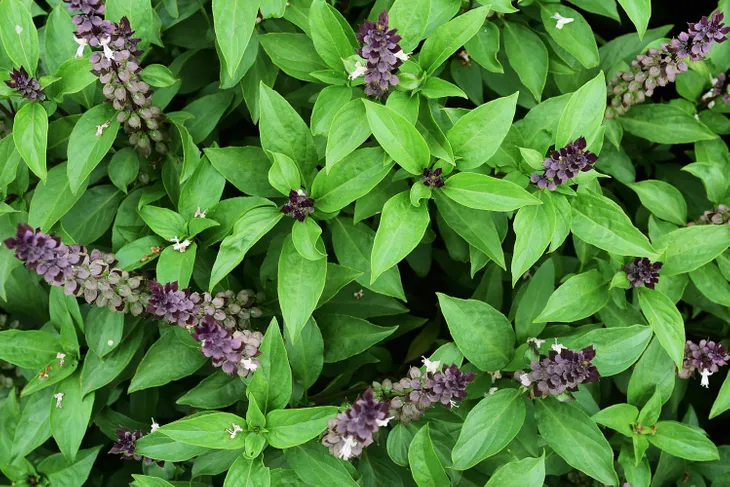Pink eye (medically called conjunctivitis) results from a viral or bacterial infection that spreads from an allergy and the rubbing of the eyes. Pink eye causes red, puffy, itchy, watery eyes, and a thick, yellow discharge which looks a lot worse than it is.
Although conjunctivitis doesn’t cause any lasting eye damage, you will likely need to visit the doctor to get some antibacterial drugs. In general, any healthy person usually just needs time and rest to heal a nasty eye infection like this. However, to help speed along the healing process and lessen the red, painful itch, try using any of these 16 effective home remedies for pink eye…
Be sure to talk to your doctor before you use any at-home remedies for pink eye.
Eye Drops
Saline eye drops will keep your eyes clean, moist, and soothe the itchy pain of pink eye. Apply eye drops as needed to lessen pain and press a warm cloth over the eyelid.
Cold Compress
A cold compress will soothe that annoying itchiness. When using a cold compress, be sure to use purified water to keep the area clean. You also need to re-sterilize your water and cloth each time you apply.
Chamomile Tea
Chamomile is a natural herb often used for its soothing antibacterial properties. Simply brew a cup of chamomile tea, remove the tea bag and let it cool, then place it gently over your eye. Tip: lie down before applying the tea bag so that it doesn’t need to be held in place.
Milk and Honey
Honey is often used as a bacterial ingredient in eyewash. When combined with equal parts warm milk, honey becomes a soothing eye rinse that can be applied using a clean cotton swab.
Baking Soda
Baking soda whitens your teeth, but it also soothes an itch. Just dissolve one teaspoon of baking soda into warm, sterilized water and apply with a clean cotton swab.
Apple Cider Vinegar
You’re probably wondering about this one because it would sting like heck if you put apple cider vinegar drops into your eye! You’re right. This is why we suggest mixing in a few drops in warm, sterilized water. Then soak a clean cotton ball in the mixture and use this to clean your eyelid. It works wonders to clear up a nasty infection.
Lemon Juice
Lemon juice doesn’t sound very appealing in the infected peeper either, but if you dilute it with cool, clean water and apply to your eyelid with a sterilized cotton swab, it sure fights the spread of infection.
Coconut Oil
Coconut oil (the organic variety is recommended) is another natural anti-bacterial home remedy. Apply it to the eyelid with a clean cotton ball before going to sleep and upon waking. This will help soothe the infection and itchiness.
Salt Water
Salt water in your tears can cleanse infection, so why not apply it by preparing a solution, using a teaspoon of salt dissolved in a cup of sterilized water? This creates some natural DIY eye-drops.
Don’t Wear Contacts
While this remedy doesn’t cure pink eye, it plays an important part in the healing process. Anyone who gets pink eye and wears contact lenses should stop wearing the lenses as soon as possible. You’ll want to keep them at bay until the eye is completely healed. The Mayo Clinic says the amount of time you’ll need to keep the contacts out depends on what is causing the conjunctivitis.
“Ask your doctor whether you should throw away your disposable contacts, as well as your cleaning solution and lens case,” writes the Mayo Clinic. “If you lenses aren’t disposable, clean them thoroughly before reusing them.”
Neem Oil
Neem oil is a vegetable oil that is created from the seeds of fruits and seeds of the neem and can be used to relieve irritated skin. Not only does it have soothing and gentle properties that make it ideal for healing, but it also has “anti-inflammatory and antibacterial components that can relieve the symptoms of conjunctivitis,” writes Dr. Axe. The source says to apply the neem oil around the eye and eyelid before going to bed.
Over-The-Counter Anti-Inflammatories
As with many common ailments like pink eye, it can be treated with over-the-counter anti-inflammatories. There are medications that a person can go out an purchase on their own and the most common are nonsteroidal anti-inflammatories (NSAIDs), like ibuprofen. This medication will help with the inflammation and pain, says the Medical News Today.
The source also lists allergy medication as a treatment to “relieve symptoms of pinkeye if an allergy is the cause. These medications include: antihistamine tablets, topical eye drops containing antihistamines, and mast cell stabilizers,” writes the source.
Aloe Vera Gel
There’s a reason aloe vera is used to treat sunburns — it’s because it has antibacterial and antiviral properties. Dr. Axe notes that it’s the aloin and amodin which give it these healing effects which also include reducing inflammation and speeding up the healing process.
It might seem extremely odd to be using aloe vera on an eye infection because we’re used to seeing it as a topical gel, but Dr. Axe cites a 2012 study which was published in the Pharmaceutical Biology that found “aloe vera extracts can be used on human corneal cells safely.” The best way to utilize it is to use aloe vera extract in eye drops “to treat inflammation and other ailments of external parts of the eye.”
Turmeric
Turmeric has been surfacing recently as a new and interesting ingredient that can be used to add flavor and color to an otherwise ordinary meal, but it’s actually been around for centuries and also has some pretty incredible healing properties. Not only is it able to enhance healing and reduce inflammation, but it also has “antibacterial properties and can relieve pink eye symptoms when used topically,” writes Dr. Axe.
To use turmeric as a remedy for pink eye, Dr. Axe suggests creating a DIY mixture for a compress. Add 2-tablespoons of turmeric powder to 1-cup of boiled water. Then take a cotton pad or clean washcloth and soak it in the mixture before placing it on the infected eye.
Green Tea
Green tea can be used for more than just a nice, warm soothing drink! Dr. Axe explains that green tea, particularly matcha green tea, contains bioflavonoids that “relieve irritation and inflammation caused by pink eye while fighting bacterial and viral infections.”
To use green tea as a remedy for pink eye, the source recommends dipping a green tea bag into boiling water and then using it as a compress on the infected eye. Just be careful not to apply the tea bag until it is cool enough to touch. You can also use the green tea as a cleanser and soak a (clean) washcloth in it as another potential warm compress.
Tulsi
You might not have heard of this herb before, but it’s very well known in certain parts of the world. For example, Hindu’s regard it as a sacred plant, sometimes referred to as ‘holy basil.’ This is because tulsi is known for its healing powers, according to Dr. Axe. “It has anti-inflammatory and soothing properties that protect the eyes from environmental damage and free radicals,” writes the source. “It also has the power to fight viral, bacterial and fungal infections in the eyes.”
When using to treat pink eye, Dr. Axe recommends soaking the tulsi leaves in boiling water for 10-minutes and then using that water as an eyewash. You could also soak a pad or washcloth in the water and use that as a warm compress.

